
Unboxing thinking: Why our brains should get out more
Dame Ruth Silver
The ground is shifting beneath us. Implicit in the heightening of debate about the future of further education and skills in the UK is a sense that the sector has reached another turning point in its history; a point from which we can neither retrace our steps nor quite make out where it is we are headed.
In such circumstances, it is beholden on those who lead the sector to look elsewhere and everywhere in seeking the ideas and inspiration with which to forge a future which is as brilliant as the passionate people who work in the sector. It is in this spirit that I turn to the work of my former teacher, Larry Hirschhorn, whose blog and other writings are a source of both inspiration and provocation to me.
His article on rethinking the mission of liberal arts colleges in the US struck me as parallel and particularly relevant to the challenges we, as a sector, now face. He describes a sector ‘under duress’ in which colleges have been obliged to adopt a ‘more pre-professional or vocational curriculum’ in order to survive. The causes of this decline, he suggests, are the off-putting cost of a liberal arts education and the gathering anxiety of students who are increasingly concerned that their studies have a direct vocational application.
Hirschhorn, however, does not see this decline as inevitable; a fait accompli to which we had better resign ourselves. Instead, he takes it as an opportunity to think hard and creatively about how the liberal arts tradition can be revived and reinvigorated, identifying its core values and applying them, with careful optimism, to a changing context.
He does this through the lens of design thinking. He defines this as a process whereby students work together in a ‘studio’ environment to understand a particular, practical issue – he gives the example of reducing bicycle accidents on campus – from different perspectives (direct observation, qualitative interviews, behavioural economics, landscape design), using a range of resources (sketches, photographs, mind maps, data displays) to design solutions that are of benefit to communities. This is more than simply ‘applied’ learning, Hirschhorn argues; the process of design ‘stimulates and requires discovery as well as application’, helping also to ‘reduce the anxiety that impels students to choose a vocational course of study’.
The emphasis in Hirschhorn’s argument is not on the field of study but rather on change and understanding – he quotes social scientist Kurt Lewin’s well known observation that ‘the best way to understand a system is to try to change it’. That is why the example provided above should not be seen as trivial or unworthy of serious academic attention. Understanding such issues in a comprehensive and thoughtful way, recognizing how context influences experience, develops key research skills while cultivating a habit of thinking about how circumstances can be changed for the better.
As Hirschhorn explains, design thinking and its emphasis on creating prototypes and developing appropriate solutions need not displace the liberal arts’ more traditional focus on critical thinking and the skills of theorizing and analysis. Critical thinking should be integrated with design thinking to prevent, on the one hand, an overemphasis on experience over theory, and, on the other, an approach to theory insufficiently grounded and relevant to the practical challenges of our time. The emphasis on design offers a solution to the despondency often engendered by thinking that helps students understand the world without giving them the tools to effect change in it.
Hirschhorn’s scrupulousness about context is also in evidence in two highly stimulating essays on the political scene in the US. In ‘Underestimating Trump’, he highlights some of Trump’s significant personal and political strengths but indicates too how his view of ‘commerce as war’ and his tendency to see all issues and relationship in terms of a competition for personal dominance could ultimately prove costly limitations in the context of the complex interplay of political institutions. In another fascinating article, reflecting on former FBI chief James Comey’s decision to publicly reopen his investigation into Hilary Clinton’s handling of emails shortly before last year’s presidential election, Hirschhorn contrasts the ‘heroic’, highly emotional nature of Comey’s decision – which may well have tipped the election in Donald Trump’s favour – with a more rational approach to decision-making guided by formal methods (such as decision trees) and accumulated institutional understanding. It is interesting to reflect that Comey may have come to a different conclusion had he understood the formal methods available to guide leaders obliged to make decisions when emotions are high and time is in short supply.
Not everything here is directly applicable to our own sector, but it still has much to offer our thinking, and the integration of design thinking and critical thinking is a useful and readily applicable way of reviving and sustaining key intellectual traditions while avoiding the kind of half-baked vocationalism which has prompted a depressingly narrow utilitarianism in UK FE and skills policymaking over the past two decades. Perhaps more importantly though, for me, Hirschhorn’s argument demonstrates that there are expanses of intellectual territory outside the usual scope of thinking about FE and skills which are largely unexplored.
There has never been a better time to survey these new territories. While uncertainty can be debilitating when it comes to longer-term planning, it can also present opportunities to think more creatively, widely and imaginatively than we have before about where we go next. What makes design thinking particularly appealing in the context of societal disruption is its focus on the future and putting challenges into a wider context in order to solve them. As leaders in the sector, this is something we need to do more of. We also need to foster this useful habit of thinking among our staff and students.
The thinking that best serves the sector in the current circumstances almost certainly will not be thinking that is, in a narrow sense, about the sector.



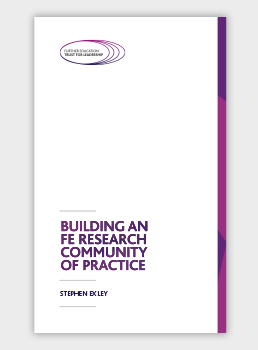






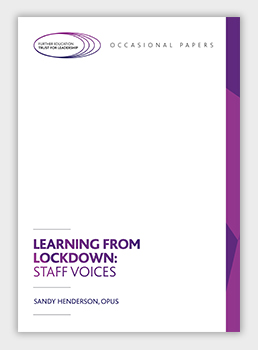













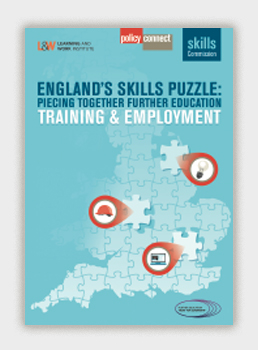










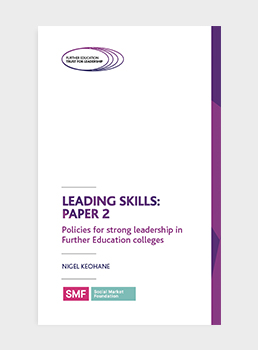













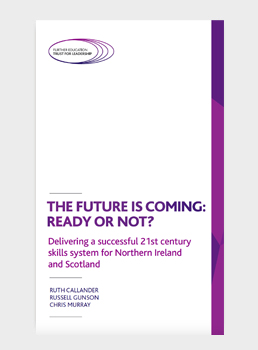






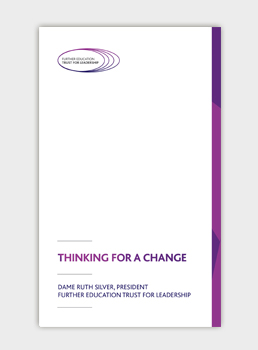










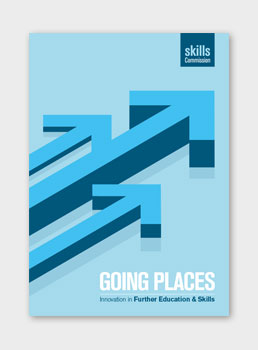




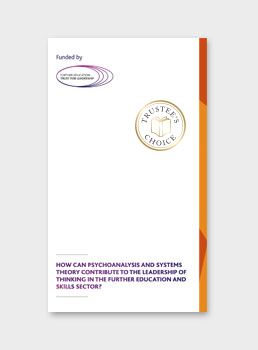




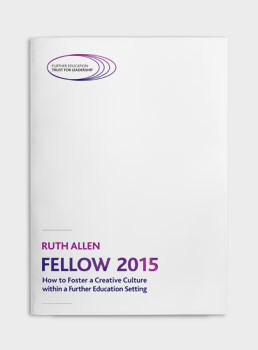






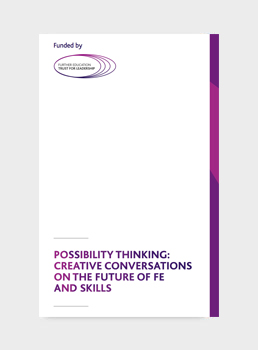
What’s Taking place i am new to this, I stumbled upon this I’ve disscovered It positively
useful and it has aaided me out loads. I’m hoping to give
a contribution & aid other customers like its
aided me. Good job.
Here is my blog … alba slot